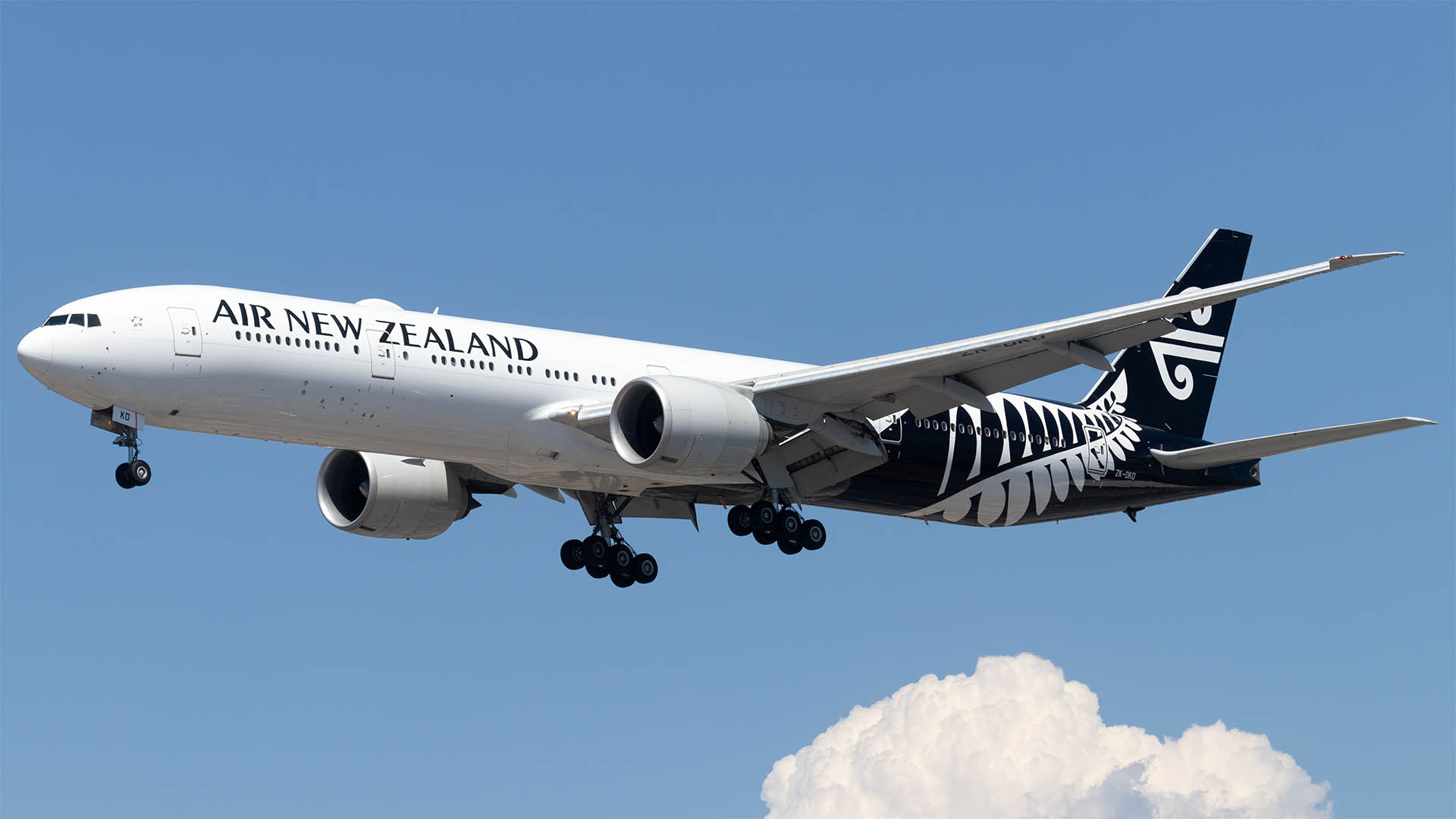Gold prices eased higher Friday, reducing some of their weekly losses, as comments from President Donald Trump on US interest rates and the dollar, hit investor sentiment and undermined the US dollar.
Trump voiced his displeasure with Federal Reserve interest-rate increases in a Thursday interview, prompting a fall in the dollar and he backed that up on Friday with more whining.
Comex August gold rose $US7.10, or 0.6%, to settle at $US1,231.10 an ounce.
That was after the contract settled at $US1,224 on Thursday—the lowest finish for a most-active contract since July of last year.
Thursday’s settlement also marked gold’s entry into correction territory—down more than 10% from its peak on January 15 at $US1,362.90, but it rebounded on Friday.
But the metal still lost ground over the week, ending with a loss of around 0.8% according to FactSet data.
On top of his whining about rising interest rates and the value of the dollar, Trump tweeted on Friday, accusing China and the European Union of manipulating their currencies and interest rates.
That’s on old whine and used to try and change the subject when he is under pressure, as he has been for the past week by his weak performance in his meeting with President Putin and afterwards back in Washington.
In other trading, Comex September silver rose 14.7 cents, or nearly 1%, to $US15.549 an ounce. The contract fell over 1% Thursday to settle at $US15.402 an ounce —its lowest close since late 2016. Overall silver lost 1.7% for the week.
Comex September copper jumped 6.1 cents, or 2.2%, to end at $US2.756 a pound after settling at nearly $US2.696 a pound Thursday, its lowest finish in about a year. The contract fell 0.7% over the week.
Trading on the London Metal Exchange on Friday saw copper boosted by short-covering and falling stocks on after steep losses driven by trade tensions on Thursday in particular.
In fact Reuters reported that the gains were broad-based, with zinc and nickel, bolstered by increases in Shanghai steel prices and falls in metal stocks.
Three-month LME copper on the London Metal Exchange was up 1.4% at $US6,149 a tonne, after sinking on Thursday to $US5,988, its lowest since July 2017.
Copper – which has shed 16% since touching a four and a half-year peak in early June of over $US7,300 a tonne- lost about 2% over the week.
Copper also got support (on top of falling stocks in Shanghai) after a union representing workers at Lumina Copper’s Caserones mine in Chile said on Thursday that contract negotiations with the company had failed, paving the way for a potential strike.
Three month LME nickel rose 2% to $US13,610 while zinc, added 2.8% to $US2,616 a tonne and LME aluminium gained 1.7% to $US2,034.
Oil futures settled higher Friday supported by reports that Saudi Arabia said it expects to reduce exports next month – news that saw an easing in concerns of oversupply in the market.
Prices, however, fell for a third straight weekly decline on those renewed trade-war fears after President Donald Trump said he was ready to impose tariffs on all $US505 billion worth of Chinese imports – on top of an attack on the Fed over rising interest rates and his moans about the strength of the dollar.
August West Texas Intermediate crude rose $US1, or 1.4%, to settle at $US70.46 a barrel in New York, but still lost 0.8% for the week.
September WTI crude which became the front-month contract at the session’s end, added 2 cents to finish at $US68.26 a barrel.
In Europe September Brent crude settled at $US73.07 a barrel, up 49 cents, but saw a weekly loss of about 3% and its third-weekly fall.
In an interview with CNBC, Trump said he was prepared to impose tariffs on all Chinese goods imported into the U.S. Last year that total was about $US505 billion.
Oil saw little change after oil-field services firm Baker Hughes said the number of US oil rigs, a proxy for oil activity, fell by 5 this week to 858.
The rig count is up 94 from a year ago, when there 764 rigs. The rig count was unchanged the week before, but rose in the last week of June by 5.
WTI crude rose after a Saudi Arabian official said the kingdom’s crude exports would fall next month in an effort to avoid oversupplying the market. Brent, however, lost ground as a strike by oil workers in Norway ended.
WTI is up around 45% over the last 12 months, while Brent is up around 48%.
US stocks rose and US daily production hit 11 million barrels according to the Energy Information Administration.












